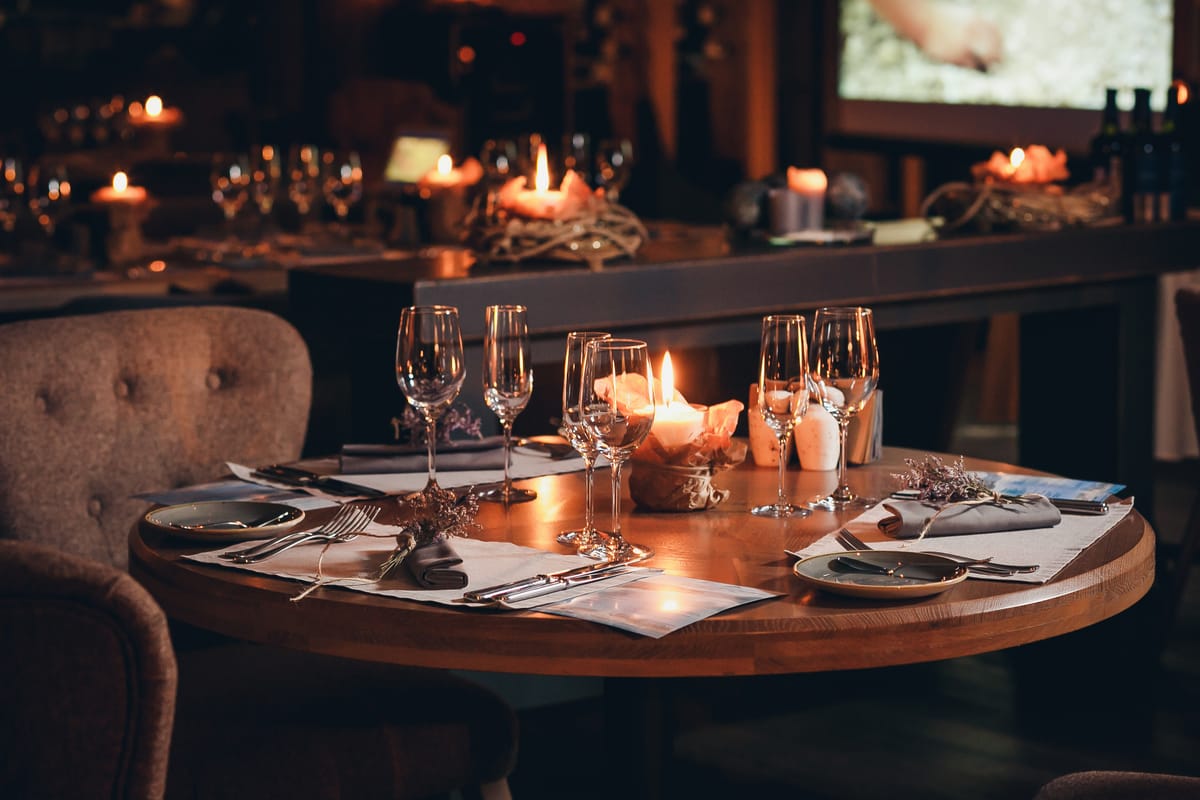‘Creating connection doesn’t come from trying to be everything to everyone’
Jen Quist gives her expert insight on designing functional F&B spaces

A version of this story first appeared in the Mint Pillow newsletter. To get it in your inbox, sign up for free by clicking here.
By Jennifer Glatt | Mint Pillow
With nearly two decades of experience in concept development, operations, guest experience and brand building, former restaurant owner/operator Jen Quist launched Wishwell, a hospitality strategy and development firm specializing in high-performing food and beverage concepts and memorable guest experiences. Here, she shares her approach to designing functional F&B outlets that foster genuine connection and align with how people naturally move and gather.
Balance creativity with operational practicality—how do you ensure concepts aren’t just beautiful on paper but viable in execution?
I don’t separate creativity from practicality; they’re built together from the start. Every concept I work on has to hold up in real time, with a real team, during a slammed Saturday night and a quiet Tuesday. From day one, I’m thinking about how guests move through the space, what the kitchen can actually execute, how the service model fits the labor pool and whether the financials can actually be realized. It should be beautiful, absolutely! But it also has to work. If it can’t function under pressure or support the people running it, it’s not a concept, it’s a mood board. My job is to make sure the creative vision is backed by strategy and structure, so it works for your guests, your team and the community that keeps coming back.
How do you keep a hotel’s F&B outlets aligned with its brand identity?
I use the hotel’s tone and brand energy as a starting point—but from there, the F&B needs to become its own story, its own concept. It should have a clear, original identity that reflects the spirit of the hotel without mirroring it. That’s the difference between a restaurant that feels like an amenity and one that builds its own reputation. The strongest concepts can stand on their own while still feeling aligned with the property as a whole. Just as importantly—and a big part of the intention behind my work—the F&B needs to resonate with the city around it, not just the guests upstairs. When it becomes part of the local fabric, it creates a deeper sense of place for everyone. And what better way to experience a destination than by sharing space with the people who live there? That’s how you create a community cornerstone—one that lets travelers feel like they’re in on the local scene, and locals feel like they have a home in the heart of their city.
What key metrics define F&B success, and how do you measure it for your clients?
Of course the numbers always matter—sales, labor, cost of goods sold—but performance is more than a spreadsheet. I always look at how the team is doing. Are they proud to work there? Are they staying? Are they delivering consistently because the systems support them? A healthy team that’s invested in the guest experience is one of the clearest signs of real performance. I also pay attention to alignment. Is the concept clear and consistent across every touchpoint? Does the operation feel intentional? And most importantly—does it feel like a place people want to return to, not just pass through? For my clients, that’s what success looks like: a strong foundation, healthy teams, clear operations and an experience that truly resonates. When you get that right from the start, the business follows.
What emerging trends in guest dining behavior are you seeing, and how should boutique hotels adapt to stay ahead?
Guests want to feel where they are. Whether they’re in town for a night or settling in for a longer stay, they’re looking for something that gives them a sense of place. That’s where F&B can create real connection. When it reflects the local energy and welcomes both guests and neighbors, it stops being just a hotel outlet—and starts becoming something magnetic. But creating that connection doesn’t come from trying to be everything to everyone. Hotels are often set up to check boxes, especially when it comes to food and drink menus. But more isn’t always better. The strongest concepts are thoughtful and intentional—clear about what they offer and why it matters. And don’t overlook rhythm. A solid coffee moment in the morning, something easy in the afternoon and a space that makes people want to linger at night. It’s not about programming for the sake of it—it’s about building something that fits how people move, gather and come back. The goal isn’t to be the next bright and shiny thing. It’s to build real connection—and that will always matter more than any trend.
💯 Thanks for reading! Enjoying Mint Pillow? Share it with a friend!
👋 Have a story idea or want to say hello? Email us at newsletter@mintpillow.co




